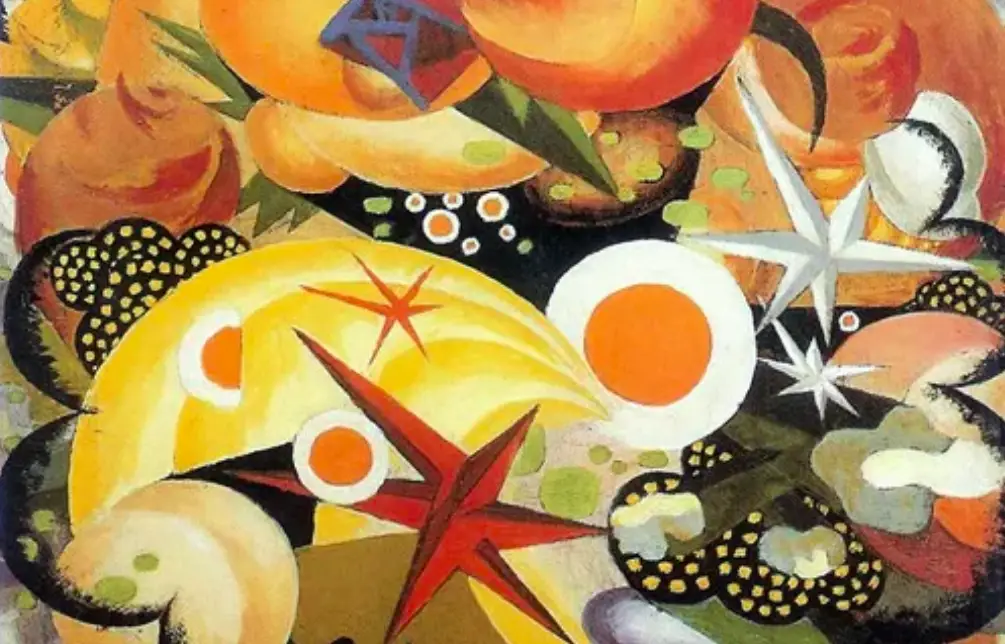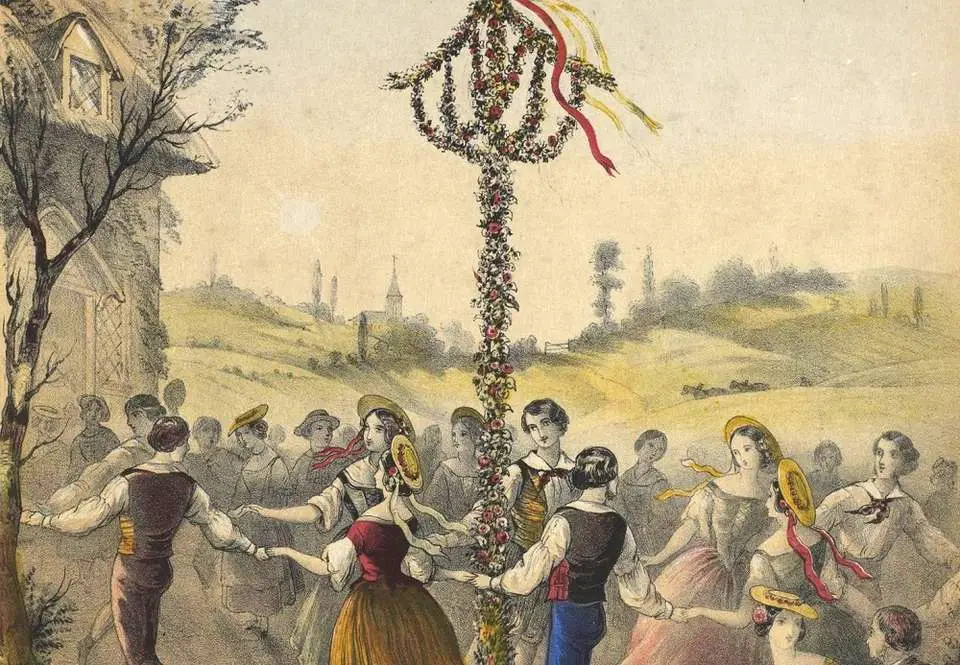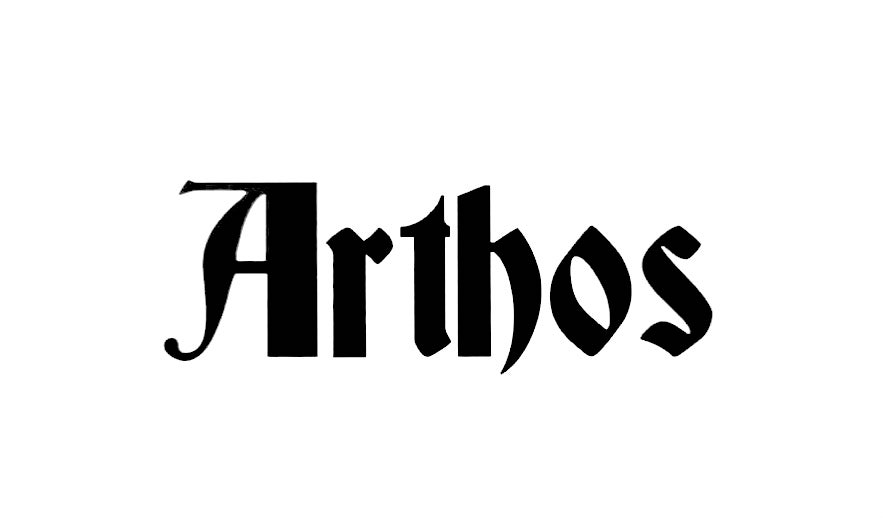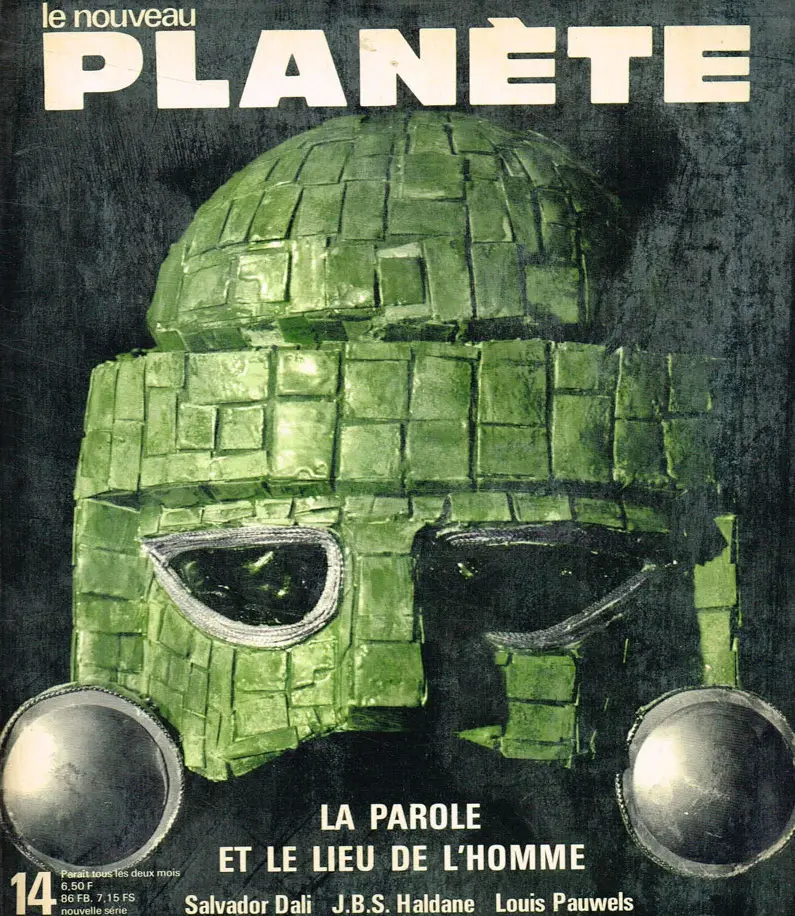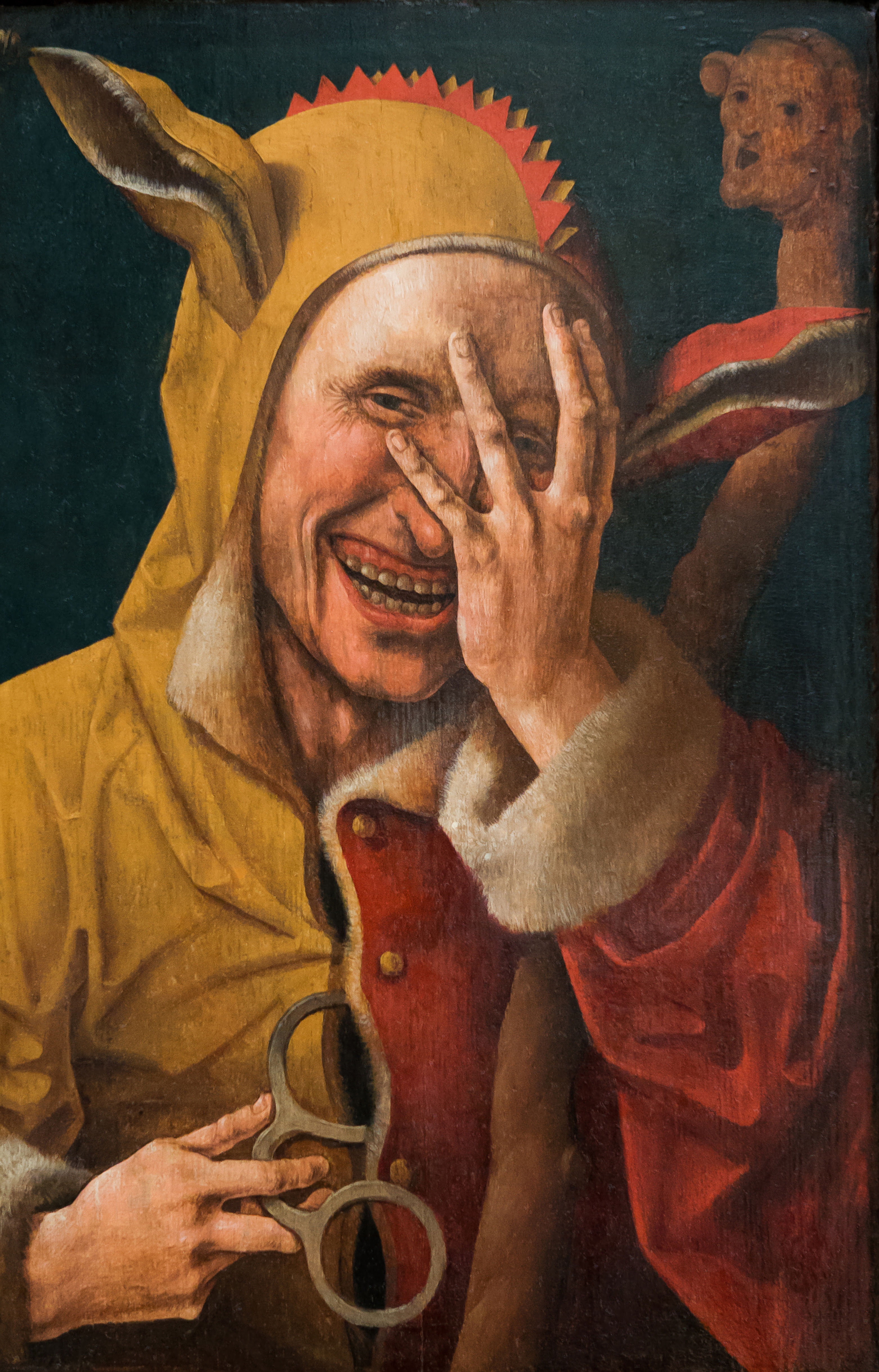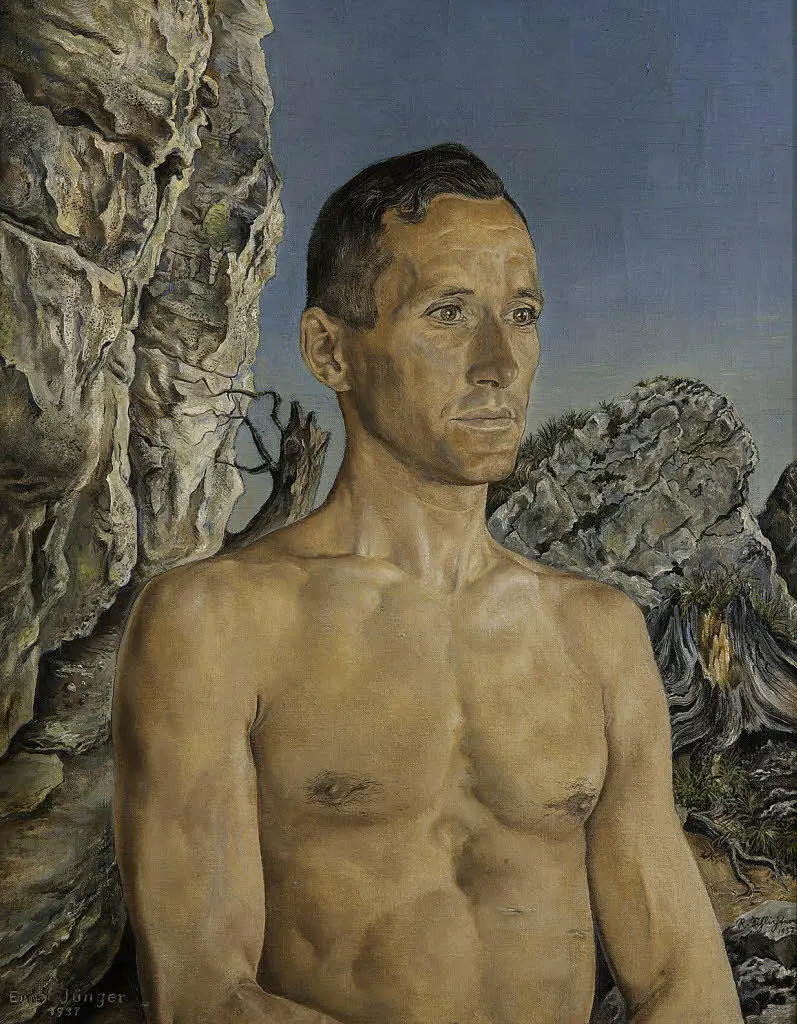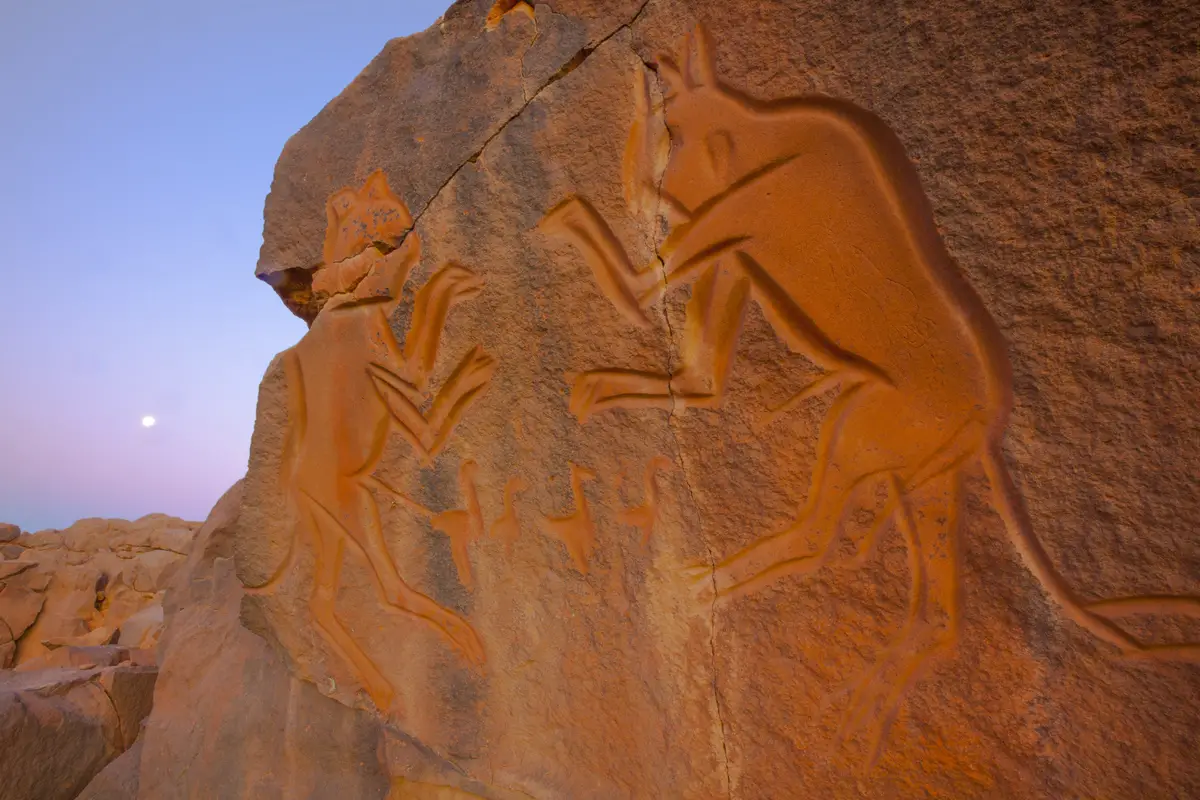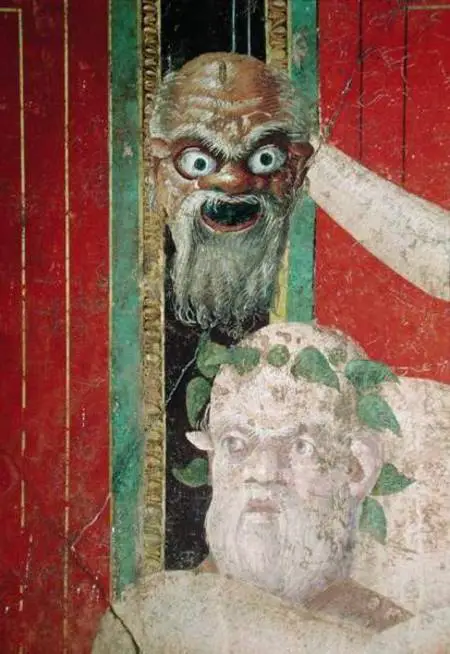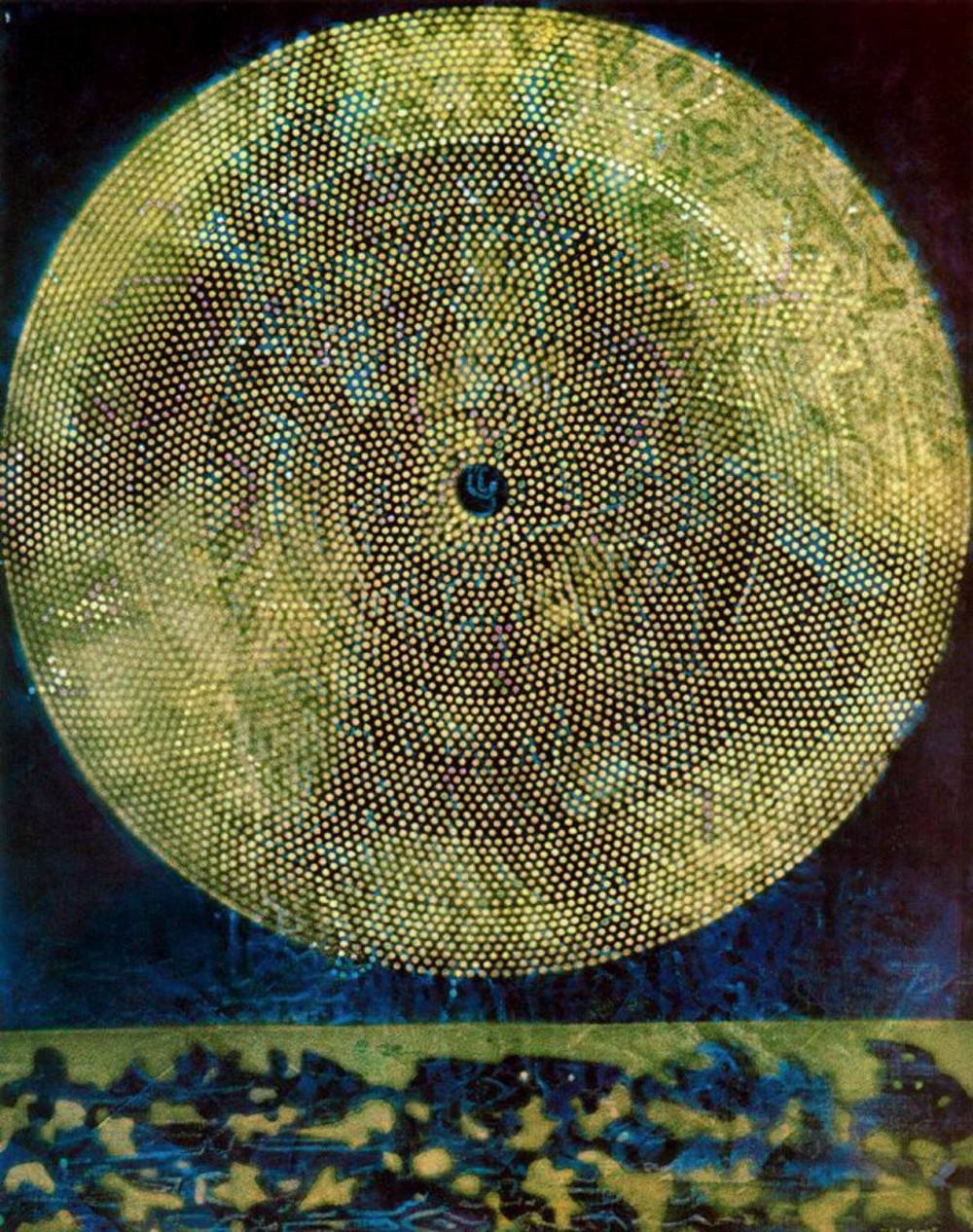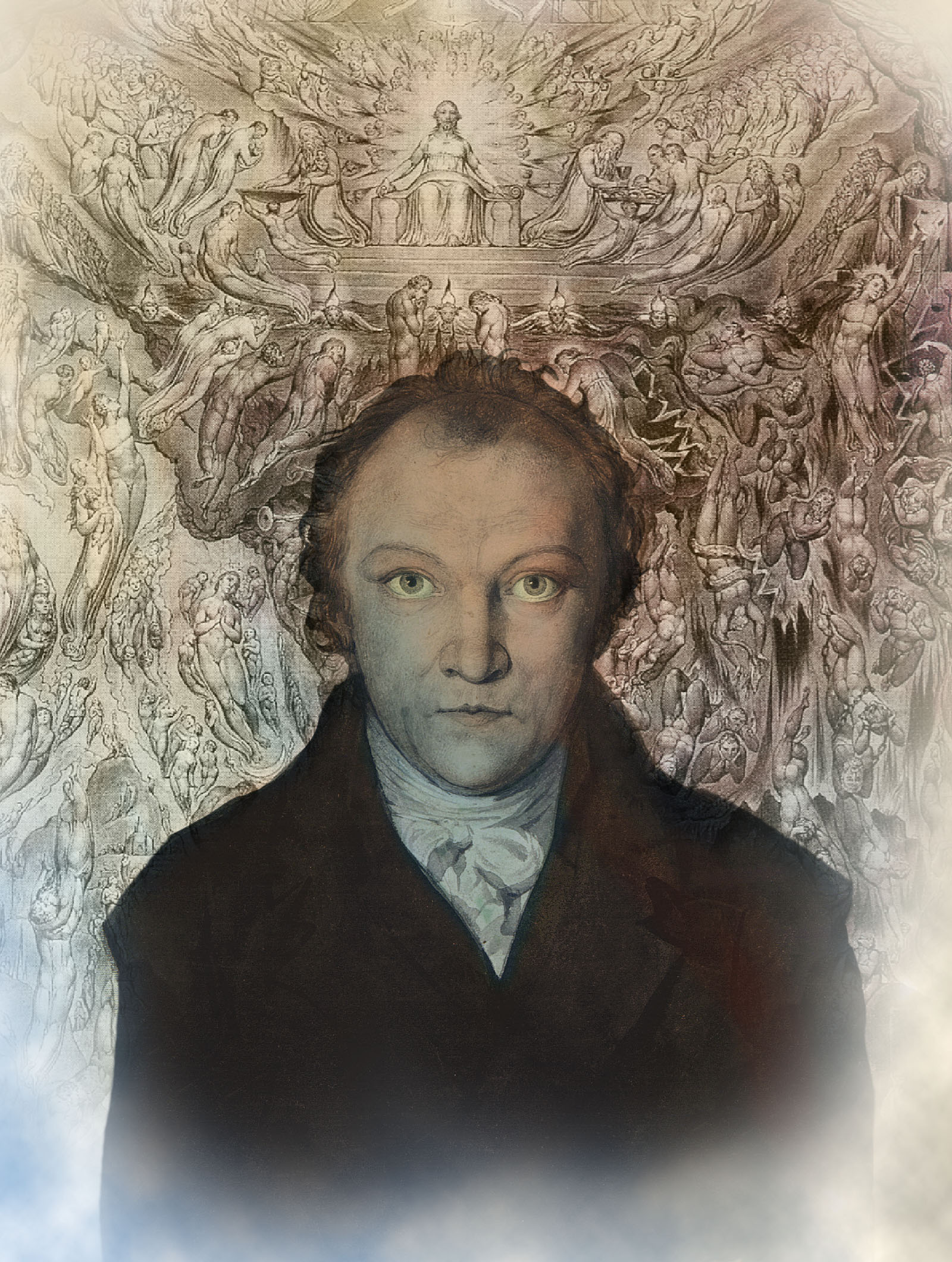Tag: Mircea eliade
Ernst Jünger, "At the Wall of Time": the "breaking level" and access to the "original fund"
On the occasion of Ernst Jünger's birth anniversary (March 29, 1895) we are republishing our article focused on his work At the wall of time previously published in Barbadillo, Eumeswil and Il Centro Tirreno, here slightly revised and expanded.
The god of crossroads: no place is without genius
«The god of places is the recognition that through the invisible character of the place it is possible to access wider contents. That is, that the god of the place is able to relate us to a deeper plane of reality and of the psyche that transcends the single site or individual.or". Let's go back to talking about Stefano Cascavilla's essay "The god of crossroads", recently released for Exorma, and already presented in June on our YouTube channel.
"May be welcome": rites and traditions of Calendimaggio (Alfredo Cattabiani)
On the occasion of May 1st we publish this writing by the never sufficiently remembered Alfredo Cattabiani (who among other things, ironically, was born and died in May, respectively on the 26th and 18th of the month), dedicated to ancient rites and traditions and popular on Calendimaggio. Taken from his book "Calendar".
In the dark meanders of Carcosa
Il new essay by Marco Maculotti, published by Mimesis, allows you to cross the threshold of the lost city, to orient yourself among the symbols and references hidden behind the first season of “True Detective”.
Out now! «ARTHOS» n.29 / 2020
Finally, with a little delay due to the health situation, the 2020 register of ARTHOS (n.29 of the new series, Arya Edizioni - OICL), magazine of Traditional Studies founded in 1972 and directed by prof. Renato Del Ponte, on which I begin with a contribution extremely dear to me. Obviously, for me it is an absolute honor to have been invited to collaborate in the annual edition of this magazine which is not very historical to define as historical, and it is doubly so by virtue of the theme of the essay that bears my signature, given that it is a subject to which I personally care a lot: THE WORSHIP OF FAIRY IN CELTIC COUNTRIES: AN ESCATOLOGY OF DEATH AND REBIRTH.
“Mephistopheles and the Androgyne”. The mystery of totality according to Mircea Eliade
In a 1959 essay entitled “Mefistofele e l'androgine. The mystery of wholeness ”, a transcription of one of Eranos' talks at the University of Marburg, Mircea Eliade takes inspiration from the famous prologue of Goethe's Faust to address the theme of wholeness as a“ coincidentia oppositorum ”.
Conversations with Mircea Eliade
114 years ago, on March 13, 1907, Mircea Eliade was born in Bucharest. For the occasion, let's spend a few words on booklet recently published by Edizioni Bietti for the “Minima Letteraria” series, in which you can read four interviews with the most important historian of 70th century religions released respectively to Jean Varenne, Alain de Benoist, Fausto Gianfranceschi and Alfredo Cattabiani, in the 80s and XNUMXs.
di Marco Maculotti
Cover: Mircea Eliade (right) with Carl Gustav Jung in Eranos
Ioan P. Culianu: "Mircea Eliade and the ideal of the universal man"
In this essay, which we publish in full on the occasion of the 71st anniversary of Ioan Petru Culianu's birth (January 5, 1950), the Romanian scholar analyzes the life and works of his teacher Mircea Eliade, taking into account both the biographical and the literary aspects. , as well as obviously his role as a "mystagogue" and initiator as regards the hermeneutic question of the Sacred and of the history of religions.
On the traditional conception of figurative art and its sacral function
As stated by historians of religions such as Coomaraswamy, Zimmer, Eliade and by esotericists such as Guénon and Evola, in traditional societies every profane art or science is always accompanied by a "sacred science", which had "an organic-qualitative character and considering the nature as a whole, in a hierarchy of degrees of reality and forms of experience, of which forms the one linked to the physical senses is only a particular ». Examples of this conception of art can be found in the bas-reliefs of Hindu times, but also in the rock representations dating back to the Cromagnon era.
Mircea Eliade: "Pauwels, Bergier and the Planet of wizards"
Dedicated to science and mystery, past and future, archeology and science fiction, "Planète" was a multifaceted magazine, published by Louis Pauwels and Jacques Bergier, former authors of the cult book of "fantastic realism" "The morning of the wizards", which attracted also the attention of Mircea Eliade, who spoke of it in his work "Occultism, witchcraft and cultural fashions", published in 1976.
Fools, shamans, goblins: liminality, otherness and ritual inversion
The peripheral location of the Folle / Buffone / Jester of the medieval era links him, as well as to the archaic Shaman, to other liminal characters of myth and folklore, such as the Wild Man, Harlequin, the Genius Cuckold and more generally to all that category of feral entities connected on the one hand to the demons of vegetation and on the other to the functional sphere of dreams and death. With regard to the rite, the Folle is to be seen connected to the so-called "ritual inversion" that was carried out during the Roman Saturnalia and during all those collective walking rituals of the Charivari type from which the "Feste dei Folli" were born in the Middle Ages. and the modern Carnival.
That symbolic parallelism between Mircea Eliade and Emil Cioran
A damn human correspondence, essential these days, revealing a secret complicity between two complementary souls of the great Romanian generation in exile: the historian of religions Mircea Eliade and the nihilist philosopher par excellence, Emil Cioran, born on April 8, 1911.
“At the wall of time”: Ernst Jünger's prophecies about the Age of the Titans
125 years ago, on March 29, 1895, Ernst Jünger, one of the most important and original thinkers of the short century, was born in Heidelberg. Sixty years have passed since the publication of his work "At the wall of time" which, reread today, can only amaze us at the punctuality of the prophecies it contains about the world to come, the world in which we find ourselves living today: from the figure paradigmatic of the "unknown soldier" to the advent of the so-called "mass-man", passing through the phenomenon of the "disappearance of borders" and finally coming to highlight the work of destruction of the natural rhythms in which man has always been inserted, accomplished by means of the "titanism" of Science.
“At the wall of time”: the question of history and the crisis of the modern world
Ernst Jünger's work on cyclical time, published 60 years ago, marks the apex of what was called the "culture of the crisis", a current of thought focused on becoming aware of the drama of History and Historicism and on the image of time as an impetuous flow that overwhelms everything: intuitions that, before Jünger, were brought to the surface by Oswald Spengler, René Guénon, Julius Evola and Mircea Eliade.
North-South: the first human dichotomy and the separation of the southern branch
Peoples almost totally devoid of material techniques, such as Pygmies and Bushmen, retain a background of rather complex religious structures that have not passed through the stage of an "original totemism", presupposed by a certain cultural anthropology of an evolutionary setting as one of the obligatory stages. of a hypothetical progressive trend. Hence the hypothesis of a very ancient diffusion of these pygmoid populations, perhaps to be put in relation with the Old Testament figure of Lilith and with other mythical characters of the archaic traditions, such as Vamana, the fifth avatara of Vishnu, who significantly appears in the sacred iconography with the likeness of a dwarf.
Mircea Eliade: "Science, idealism and paranormal phenomena"
Paranormal powers are not encountered exclusively with primitives, but also with yogis, fakiri, saints of all kinds, belonging to all sorts of civilizations. The necessities of the historicist argument forced de Martino to limit his comparisons to the paranormal powers of primitives and those of modern mediums. But the authenticity of the yogis' powers, for example, raises another problem: that of the lucid and rational conquest of these paranormal powers. It is therefore not necessary to consider only a "historical magical world" (the primitives) and a spontaneous but historically inauthentic regression in this world (the mediums): it is necessary to consider another world accessible, in principle, to everyone and at any historical moment.
Auras and inner lights
Since the perception of a light characterizes the apparition of the divine, the luminous has always been associated with the numinous. The great dilemma that Walter Benjamin proposes is whether the visual impression is determined exclusively by the biology of the human eye or is also characterized by cultural and historical specificities. This contribution seeks to reconstruct how the experience of light in the West has changed over the centuries in intensity and suddenness and how its modes of manifestation have changed.
Dionysus in the mirror: the mask, the Daimon and the metaphysics of the "other-than-self"
The mask and the metaphysics of the "other-than-self": the youthful initiations in ancient Rome and the Dionysian symbolisms according to Károli Kerényi and Walter Otto; L'"archetypality and paradigmatic nature of the archaic man "who, according to Mircea Eliade," recognizes himself "truly himself", only to the extent that he ceases to be "; the Daimon and the "Antithetic Mask" in WB Yeats's Vision; Dionysus in the mirror, Vishnu who dreaming creates the countless worlds and Thomas Ligotti's "solipsistic god of dreams".


